Sverdlovsk pear, characteristics of the variety, secrets of planting and proper care
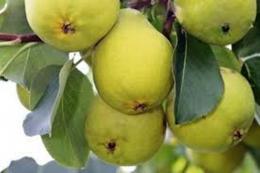
To develop new varieties that could compare favorably with old ones, breeders have to cross different varieties. This is how it was created pear Sverdlovsk resident.
Content:
- History of selection
- Description of the variety
- Sverdlovsk pear growing technology
- Why fruit drop may occur
- Diseases and pests, control and prevention
History of selection
This is the fruit of the joint work of two breeding stations in Saratov and Sverdlov. Initially, the variety was created at the Sverdlovsk station through pollination of seedlings Lukashovki a mixture of specially selected pollen.
At the next stage, scientists selected one of the seedlings, which they began to propagate through grafting. At this stage, the seedlings were transported to the more southern Saratov, where research on the new variety continued with subsequent distribution.
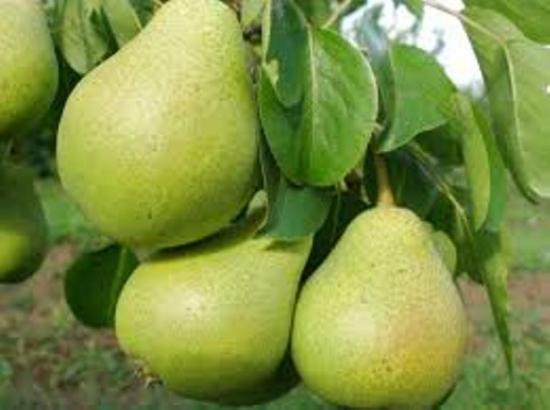
The best fruiting indicators were obtained in the Saratov region. In addition, it is recommended for breeding in the Volga-Vyatka and Central regions of the country.
Now, for pollination of this variety they are used pear Permyachka and Severyanka pear are perfectly adapted to the harsh conditions of mid-latitudes, which has a positive effect on the level of fruiting. These frost-resistant varieties, traditional for cool regions of the country, are optimal pollinators.
Description of the variety
Most often grown for export, as the fruits ripen in early autumn.Fruiting is abundant and regular.
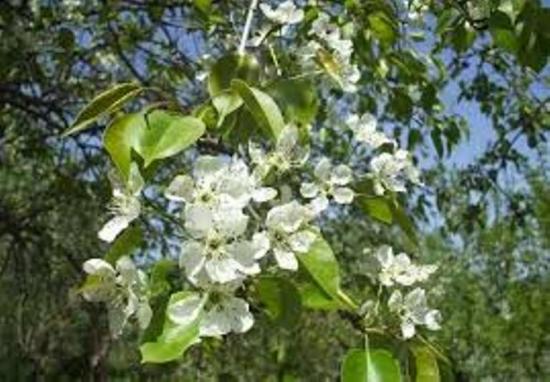
Other features of the tree include:
- Compact crown of medium density and round shape. The bark of the central branches is greenish-gray in color;
- Fruits appear on ringlets at the age of two years;
- The leaves are dark green, glossy, ovate, sometimes elliptical in shape. The cuttings are elongated, with saber-shaped growths;
- The flowers are white, small in size, and shaped like a bowl. Color appears late;
- The variety is self-sterile and will not bear fruit without pollination by foreign varieties. That is why it is worth selecting a pollinator in advance for pears Sverdlovsk;
- The fruits are large, on average reaching from 130 g to 140 g;
- The shape of the fruit is elongated pear-shaped, sometimes short. The surface is smooth; when ripe, the color changes to yellow with a slight blush. The stalks are elongated, green, and hold the fruit, protecting it from prematurely falling to the ground. This is important for preserving the presentation of the fruit;
- The pulp of the fruit is distinguished by a yellowish tint, rare inclusions of stony cells, a sweet and sour taste and a pronounced pleasant smell;
- The first harvest can be harvested already in the third year after planting;
- Characterized by high frost resistance, can tolerate temperature drops down to -38? C.
In the conditions of the Urals and more northern regions of the country, the fruits will ripen a little later. Harvesting here can begin in the middle or end of October.
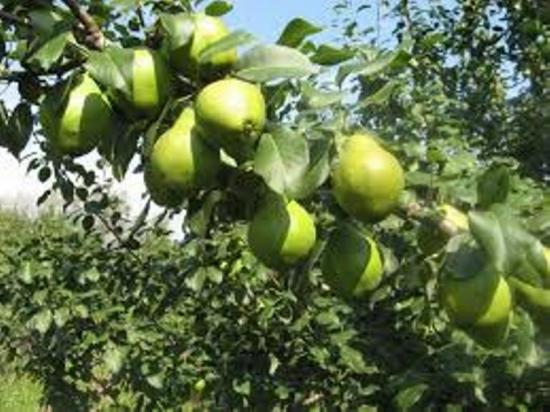
To increase frost resistance, grow Sverdlovsk plant on a winter-hardy standard: Ussuri pear or hybrids.
To the main features fruit Refers to: pleasant taste, compactness of the tree, high fruiting rates. Recommended for use in the Urals and northern regions.
Sverdlovsk pear growing technology
Before you start planting a tree, you need to purchase a seedling. When purchasing, you should carefully inspect the tree to see if there are any damage or signs of pest activity.
Seedlings can be planted both in spring and autumn, depending on the area. Thus, closer to the north, planting trees in the autumn is not recommended, since they may not have time to acclimatize before the first cold snap.
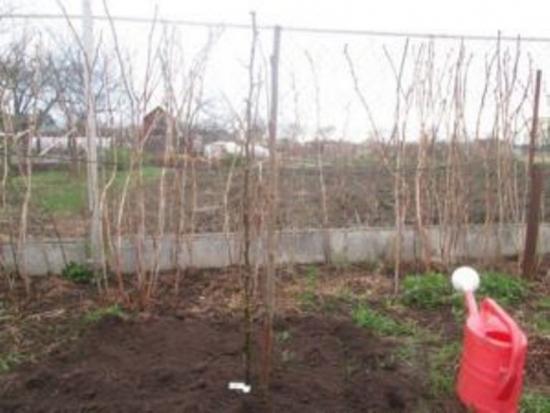
In addition, it is worth paying attention to the following points:
- The pear loves the sun, so for planting it is worth choosing an open place where it would not be shaded by other trees or the walls of houses;
- The soil must be sandy-limestone. It is better to prepare a hole, 70 cm deep by 100 cm wide, seven days before planting;
- Immediately before planting, the soil needs to be loosened and a stake driven into the middle of the hole, then poured in a little soil mixed with fertilizers;
- After preparing the soil, place the seedling in the hole and carefully straighten all the roots. At the same time, it is worth making sure that the root collar does not fall below five centimeters from the surface of the earth;
- Having carefully covered the roots, the tree needs to be watered with two buckets of water and covered with humus.
Until the seedling is completely rooted, it is worth watering it as often as possible. At the same time, do not loosen the soil or let it dry out.
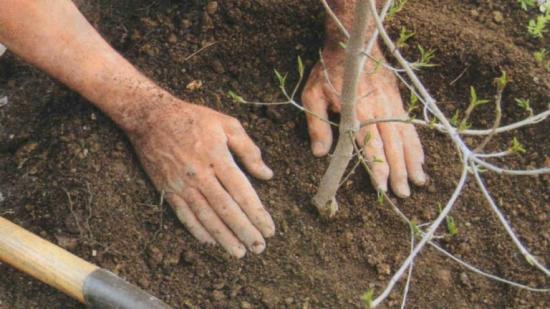
If in the second year of growth the pear begins to lag behind in development, it is recommended to begin introducing complementary foods in the summer. Humus or a mixture of peat and soil is perfect for this.
The tree needs to be pruned every year until it dries out completely. It is recommended to do this in autumn or spring. Spring is more suitable for northern regions.The cuts must be covered with garden varnish.
Pruning in summer is not recommended, since leaves are cut off along with excess branches, which negatively affects the health of the pear.
The basic rules for crown formation include:
- Circumcision should be carried out exclusively with sharp pruning shears. The cuts should be as smooth as possible;
- Pruning should be done in persistently warm weather to protect the plant from freezing in the event of a cold snap;
- A seedling at two years of age stands trim at a height of 0.5 m from the base. Thus the main trunk should be shortened by a quarter;
- In order to prevent excessive and unnecessary branching of the tree, it is recommended to thin out the branches every year. In addition, this allows sunlight to reach the lower leaves more freely;
- It is worth cutting right to the base; you should not leave “stumps” at the cut sites;
- After removing the branch, the damaged area must be covered with varnish or, if it is not at hand, with regular paint.
Since Sverdlovchanka is a frost-resistant variety, do not forget that there must be a snowdrift at the root in winter.
If all growing rules are followed, the pear will delight the owner with abundant fruiting, even in cool northern regions.
Why fruit drop may occur
The problem of fruit falling can arise not only among beginners, but also among experienced gardeners. The loss may be small, but often its scale greatly reduces the quality of the product.
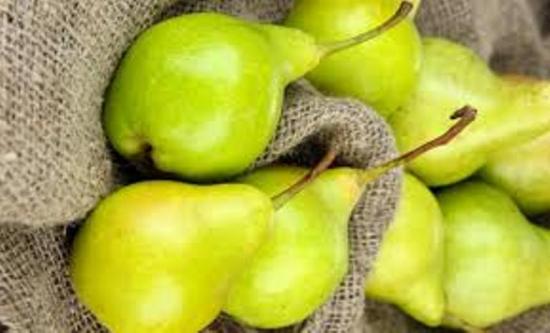
Most often this occurs due to overload treewhen the branches simply cannot support the mass of fruit.
Another common reason for fruit falling may be too dry and hot weather, which can be typical for the last month of summer. This is due to the fact that a cork layer begins to form at the stalk.
Its appearance provokes an acute lack of moisture and micro and macronutrients.
Another reason for the fall: long-term stagnation of water at the roots of the tree. In this case, it becomes waterlogged. In addition, a fall can be caused by a disease such as septoria.
The risk of fruit falling can be reduced by timely watering and applying a small amount of mineral fertilizers that strengthen the tree.
Also, you can use spraying “KANU” or foliar feeding urea.
Falling fruit is one of the main problems of a gardener. To prevent it, you should carefully monitor the condition of the tree and prevent the soil from drying out or excessive moisture.
Diseases and pests, control and prevention
One of the main features of Sverdlovsk is its resistance to pests and diseases. This reduces the time and money spent on tree care. You can only spend money on disinfectants.
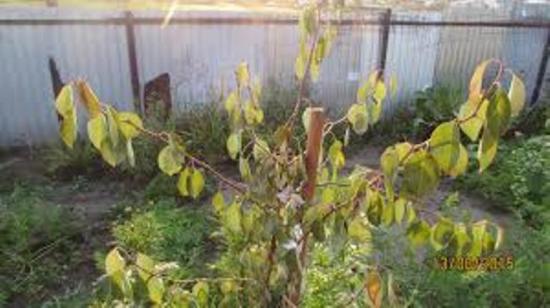
To reduce the risk of defeat pests or illness to a minimum, it is recommended:
- For preventive purposes, spray the tree with special preparations from time to time;
- Do not forget about the systematic application of fertilizers, which will significantly increase the defense capacity of the plant’s immunity;
- Constantly clean the area around the root from debris and weeds that can be carriers of diseases or serve as a haven for parasites;
- Systematically loosen the top layer of soil.To do this, you need to dig up the soil near the trunk.
Like other trees, pear This variety can be damaged by aphids, borers, and other parasites. To prevent the development of the problem, it is recommended to monitor the condition of the plant and not skimp on preventive measures.
Pear Sverdlovchanka is a common variety that is characterized by high yield and excellent taste. It is frost-resistant and, with proper care, will delight gardeners with a large number of juicy fruits.
When watching the video, you will learn how to properly trim a pear tree and swell the crown of a tree:

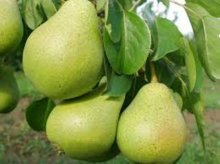
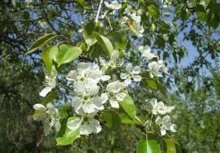
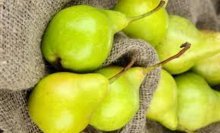
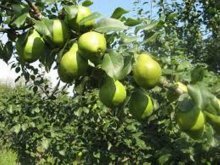
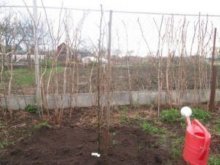
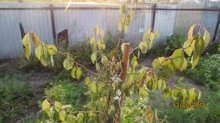
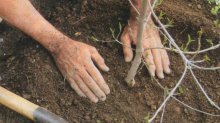
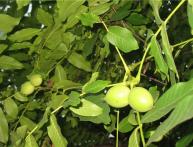
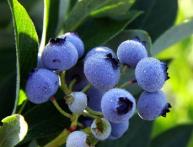
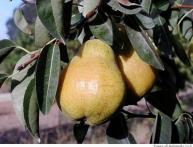
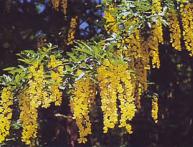
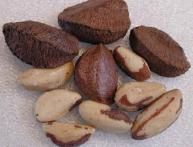
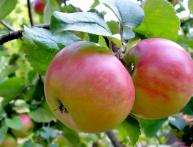
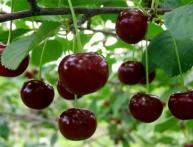
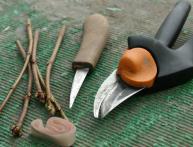
Comments
I read the article and realized that I had been growing it incorrectly all my life. Thank you for your detailed analysis of all the nuances of gardening. I would even like to add some positive points that I encountered in my practice.